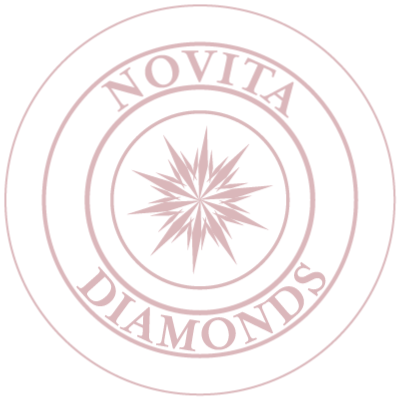BOOK AN APPOINTMENT


Crystallized pure carbon
Mohs hardnes Scale 10
Certified by Gemological institutes
Colour and Clarity Are permanent
Sustainable And ethical
Excellent value
Diamond tester test
Diamonds are grown in two different ways , and there is a lot of misinformation floating around, often spread deliberately, about the superiority of one over the other, boiling down to one question
Because companies want to push an agenda first, it is unsurprising that information and the ‘shocking truth’ varies from article to article. It is common for them to cherry-pick data and write whatever is most beneficial to the narrative they are trying to create. Earlier this year, we came across a global company that was confidently advising their customers that CVD was the superior method for growing diamonds and that HPHT diamonds should be avoided like the plague. A USA-based company is likewise passionately advocating against buying CVD diamonds and trying to convince their customers that HPHT is the way forward. The reality is that both companies mislead their respective customers with selective truths and a healthy dose of lies in order to make as much money as possible.
Regardless of the method used, CVD and HPHT are both capable of producing diamonds with every possible colour, clarity, and size, from worthless and unmarketable to stunningly perfect. Nonetheless, their suppliers and labs creating the diamonds are playing tug-of-war behind the scenes. These companies and sellers will say whatever they need to make the most profit while moving the most stock to free up inventory. Therefore, it is not uncommon for suppliers to offer a better deal on CVD diamonds than HPHT diamonds and vice versa.
There is absolutely no difference between CVD and HPHT from a layman’s viewpoint other than the process used to create them. The two methods are capable of producing diamonds that are optically, chemically, and physically identical to those formed naturally inside the earth’s mantle. There is no way you or anyone else can distinguish HPHT diamonds from CVD diamonds, no matter how hard they try.
The differences between these two methods could be discussed in detail, but many experts in this field, including us, believe this endeavour would be a pointless waste of time. Instead, we will provide you with practical and easy-to-follow advice based on our years of experience in the industry.
Our advice couldn’t be simpler: we encourage you to concentrate solely on getting the most from your money when choosing your diamond; every one of our lab grown diamonds Spain is examined and then graded by leading certifiers. Choose the largest stone within your budget while keeping the colour as high as possible. In general, clarity is secondary, but there is one rule you should follow; make sure it is eye-clean by seeking SI1 and above clarity. There is one exception to this rule, emerald cuts, where we recommend going for VS2 and above. It is virtually impossible for you to make the wrong choice if you follow those two simple guidelines. Your diamond will be just as great regardless of whether it was grown via CVD or HTPT, since the growth method makes no difference to you as a customer.
To find similar articles, you can use any of the following search terms:
HPHT vs CVD, CVD vs HPHT, CVD vs HPHT diamonds and HPHT diamond vs CVD.
To find related information and articles use any of the following terms: lab grown diamonds ring size chart, how to measure lab grown diamonds Spain ring size, lab diamonds ring size guide, lab diamonds Spain ring sizes.